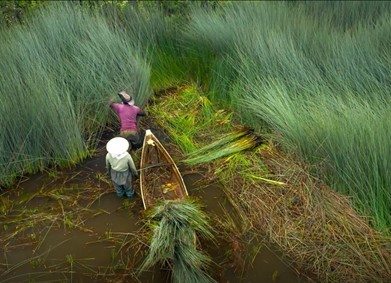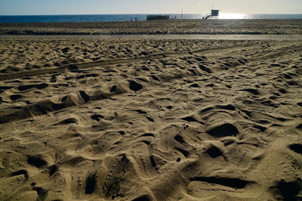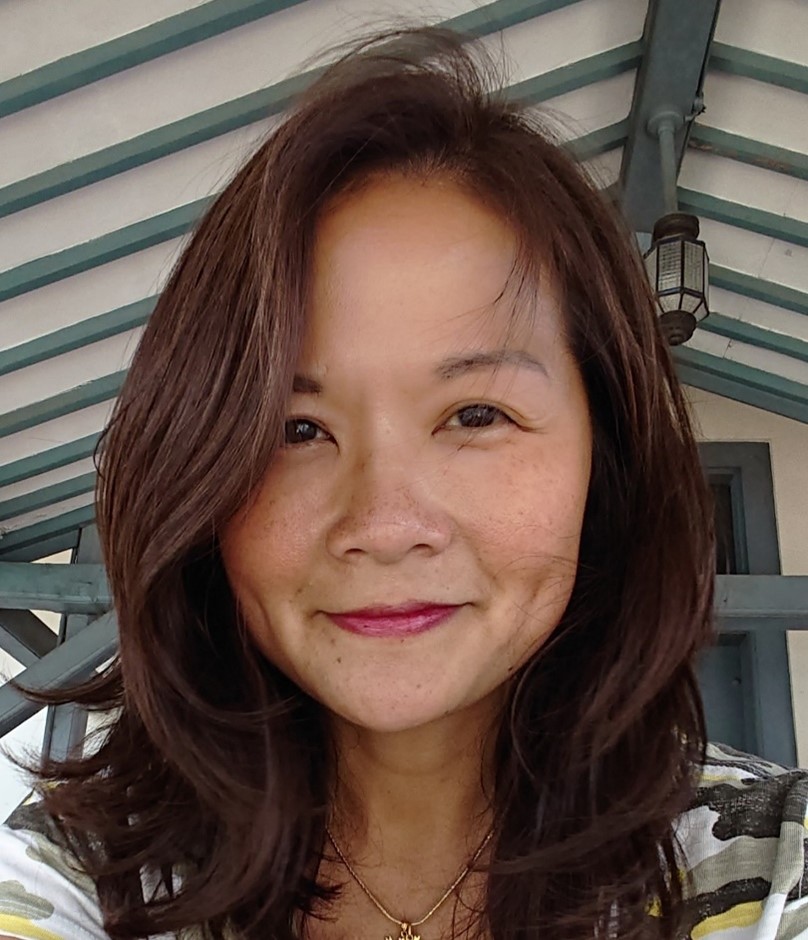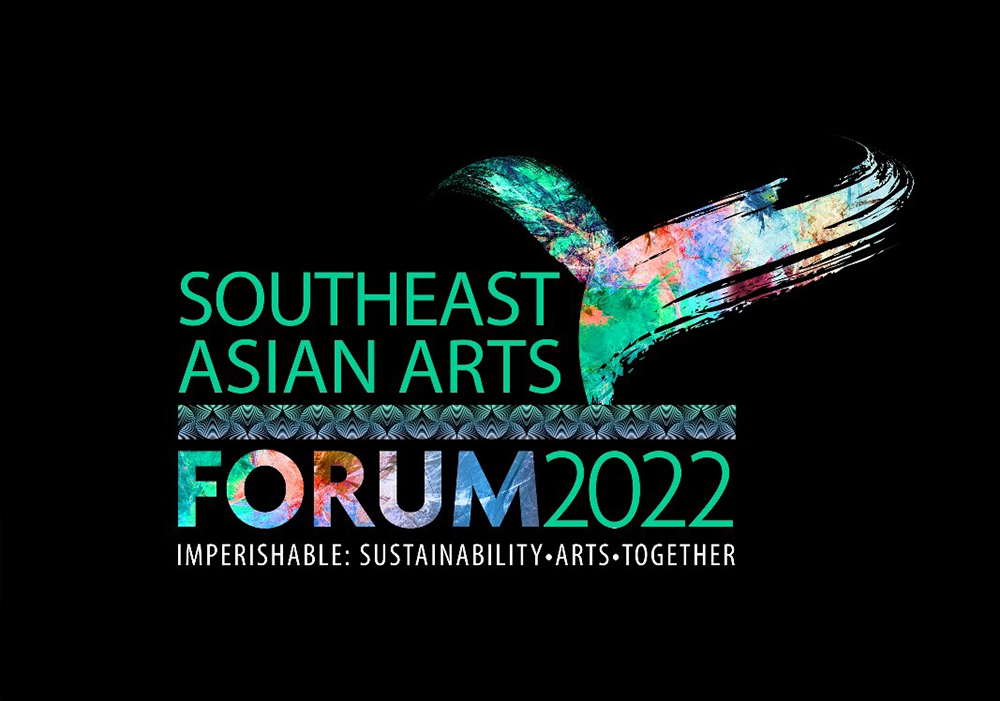by Dr Bridget Tracy Tan, Director, Institute of Southeast Asian Arts/ Academic Advisor (Southeast Asian Arts)
“Anthropologically, it would seem… that man in society took clues from the natural world around him and applied those clues in a sort of metaphoric way to the society in which he lived. That is, he identified with or empathised with the natural world around him and took that empathy as a guide for his own social organisation and his own theories of his own psychology. This was what is called “totemism’.”
- Gregory Bateson, as quoted in Art and Sustainability (Kagan, 2013)

|
|
“The practice of art cannot be held as monolithic, one dimensional or static. Attention to sustainability in the arts is an homage to our history and an active assertion of how we see ourselves in the world which we live. The arts reflect our values as humans and as an evolving culture.”
|
| Jesse Joy, still screen shot from ‘Finding Bundusan’ 2021 |
|
|
Around the world, sustainability has become a buzzword and topic of common interest of late. It is sometimes thought sustainability relates only the climate change and preserving the environment. However, Nanyang Academy of Fine Arts’ (NAFA) third Southeast Asian Arts Forum intends to define sustainability differently, in relation to the arts.
The concept of totemism is familiar in indigenous cultures and civilisations. Southeast Asia is one such home to such cultures and civilisations. In anthropology, totemism relates to how we see ourselves, respective elements and/or players in a society and the context in which we live and function. This might include ourselves, our family, our employers and service providers, the landscape we inhabit, the resources we consume, such as water and food products from animals or from plants.
Bateson’s quote helps us to understand a wholistic and systemic view of our existence. By systemic we mean that every element including ourselves, has a role to play. And that our individual actions in any shape or form cannot be seen in isolation and cannot be deemed only to affect us. Totemism can be seen as an arrangement of values according to choices and priorities we are asked to make in our lives. And that arrangement ultimately defines who we are.
The arts are a form of creative expression, through stories, objects, performance, ritual, and celebration. Celebration does not refer to a party, but a way of paying tribute to, in this case, our values. The current Southeast Asian Arts Forum includes speakers from Cambodia, Indonesia, Vietnam, Thailand, Malaysia, and Singapore; gathering not just individuals, but those working as collectives as well. Working collectively implies agency of different contributions; that with the same goals, different people with different skillsets and different resources can come together to achieve something bigger, something greater.

|
|
“Sustainable art is how we actively write our cultural legacies, aesthetically, creatively, environmentally. Ultimately it reveals a harmony of prose that should be a pleasure to read, salve for the soul, heartfelt keepsakes that deepen humanity’s imprint across time and space.”
|
| UuDam Tran Nguyen, Good Travelers Leave No Traces, Los Angeles, 26 July, 2021 |
|
|
This year’s presentations engage with our various Southeast Asian traditions and the values they carry. The values are not simply tokens or philosophies, but actually influence the way we live, we thrive and offer creative exchanges with those around us. NAFA’s own Kathabi addresses Filipino textiles as both practice (weaving) and identity (symbolic, representational). Further, the project outcomes offer an animation of the textile through the medium of dance and body movement. In many indigenous cultures, garments and gear have no ‘life’ until they are embodied by the wearer.
Likewise, something made is inert until it becomes part of our lives and invokes our values. Jesse Joy’s Finding Bundusan is another project on weaving. As much about the practice as the actual plant material used. The tikar bundusan is a mat produced by skilled weavers from a plant. Many in the modern generation do not even know what it looks like, or where it can be found today. It is scantly documented and likely overlooked by plant biologists and science for hundreds of years. The story of the bundusan plant is about the land and environment, where it grows and was available, and how it was utilised not simply for commerce, but for local and own use. In ritual settings, casual dining settings and social gatherings, to name but a few.
Joy’s study also discusses the commonality of bundusan weavings across Southeast Asia, where it is known by different names and processed differently – for example, drying in the sunshine or drying in the shade, where sun-dried material may make the material susceptible to tears and cracks. Ultimately, in trying to research the origins of the bundusan as a plant and as a weaving resource, we begin to piece together a much more significant story about people and where they live, how they respond to their environment and contribute to building shared values within their heritage and their communities. The tikar bundusan symbolises a living thing, the plant, the place, the people who create with plant itself and who understand its purpose and place, the imaginative uses for what is made, shaping an arts ecology as both a mirror and a future.
The practice of art cannot be held as monolithic, one dimensional or static. Attention to sustainability in the arts is an homage to our history and an active assertion of how we see ourselves in the world which we live. The arts reflect our values as humans and as an evolving culture. In paraphrase, values provide a unifying force that shape attitudes and influence behaviours. (Voich and Stepina, 1994)
Sustainable art is how we actively write our cultural legacies, aesthetically, creatively, environmentally. Ultimately it reveals a harmony of prose that should be a pleasure to read, salve for the soul, heartfelt keepsakes that deepen humanity’s imprint across time and space.
What might you do differently, creatively, today, that will lend your voice to these stories we want to share with the world?
Bibliography
-
Kagan, S., 2013. Art and Sustainability. 2nd ed. Bielefeld: Transcript Verlag.
-
Maggs, D. and Robinson, J., 2020. Sustainability in an imaginary world. 1st ed. Abingdon, Oxfordshire: Routledge, Taylor and Francis.
-
Voich, D. and Stepina, L., 1994. Cross-Cultural analysis of values and political economy issues. Westport, Conn.: Praeger.
|

|
Carbon positive but a relentless big (and small) plant advocate, Dr Bridget Tracy Tan holds an Honours degree in History of Art. She obtained her PhD from Chelsea College of Art, UAL, in practice-led research as a curator and critical art historian. She still enjoys moving things around in space.
|
 The Nanyang Academy of Fine Arts (NAFA) presents Southeast Asian Arts Forum 2022: IMPERISHABLE: sustainability.arts.together, a two-day hybrid Forum hosting livestreamed presentations, performances, and dialogues aiming to inspire and highlight ways where art is at the heart of sustainable practices in Southeast Asia.
The Nanyang Academy of Fine Arts (NAFA) presents Southeast Asian Arts Forum 2022: IMPERISHABLE: sustainability.arts.together, a two-day hybrid Forum hosting livestreamed presentations, performances, and dialogues aiming to inspire and highlight ways where art is at the heart of sustainable practices in Southeast Asia.
Organised and hosted by the Institute of Southeast Asian Art (ISEAA) at NAFA, the Forum will see a selection of diverse regional experts from a gamut of creative and academic disciplines, speak on the artistic practices that contribute to building a responsible global citizenship.
Join us at the Forum and register here: https://seaartforum.nafa.edu.sg/